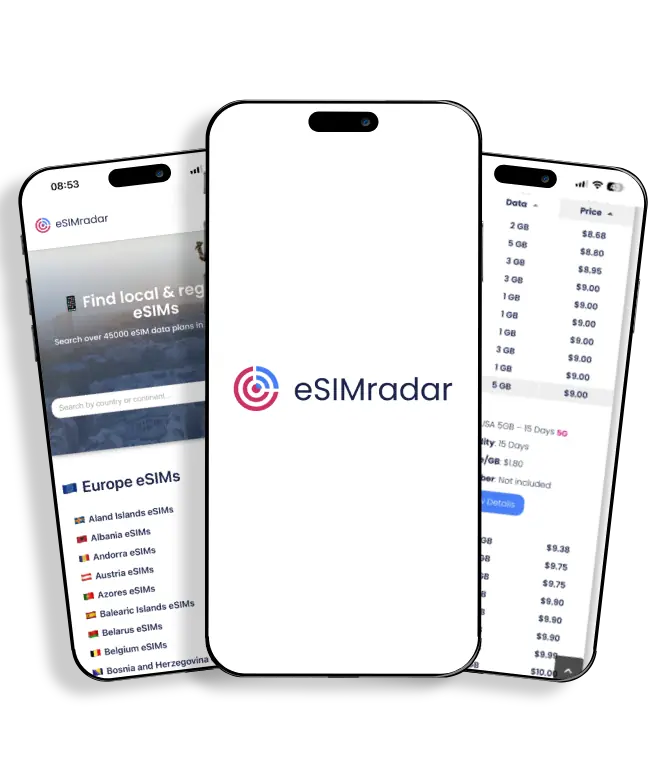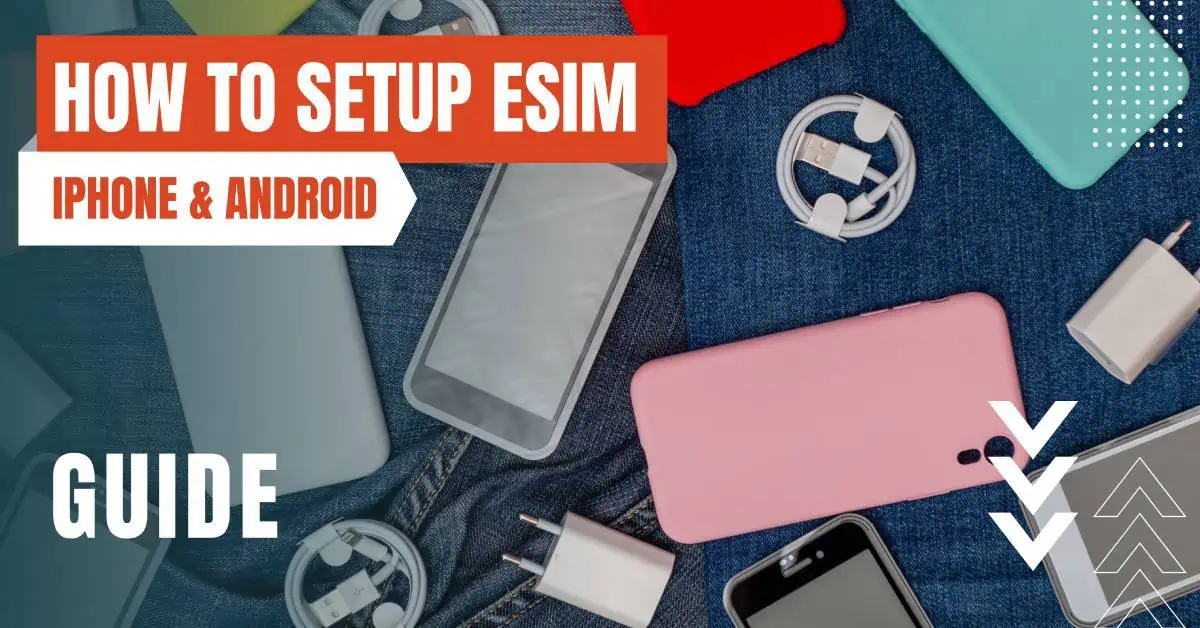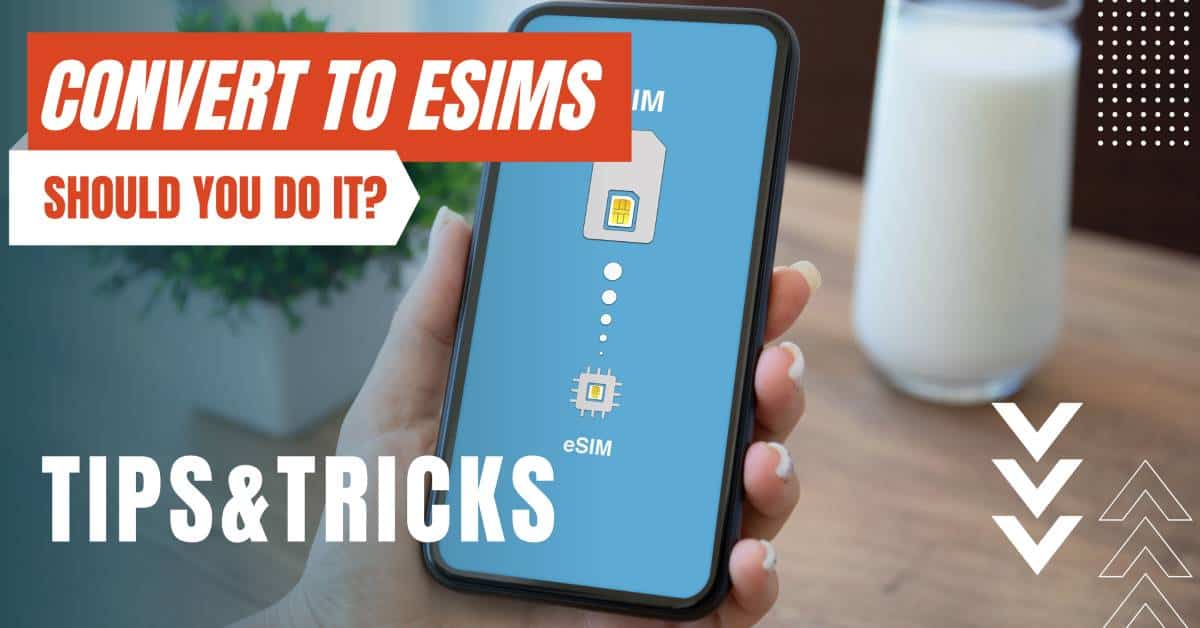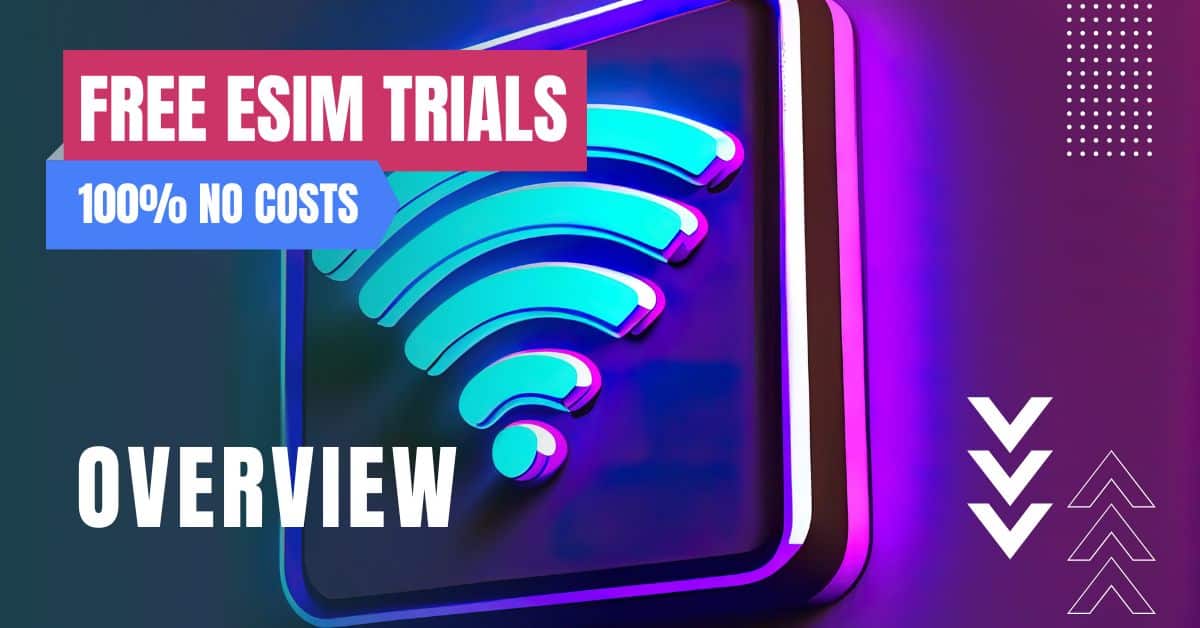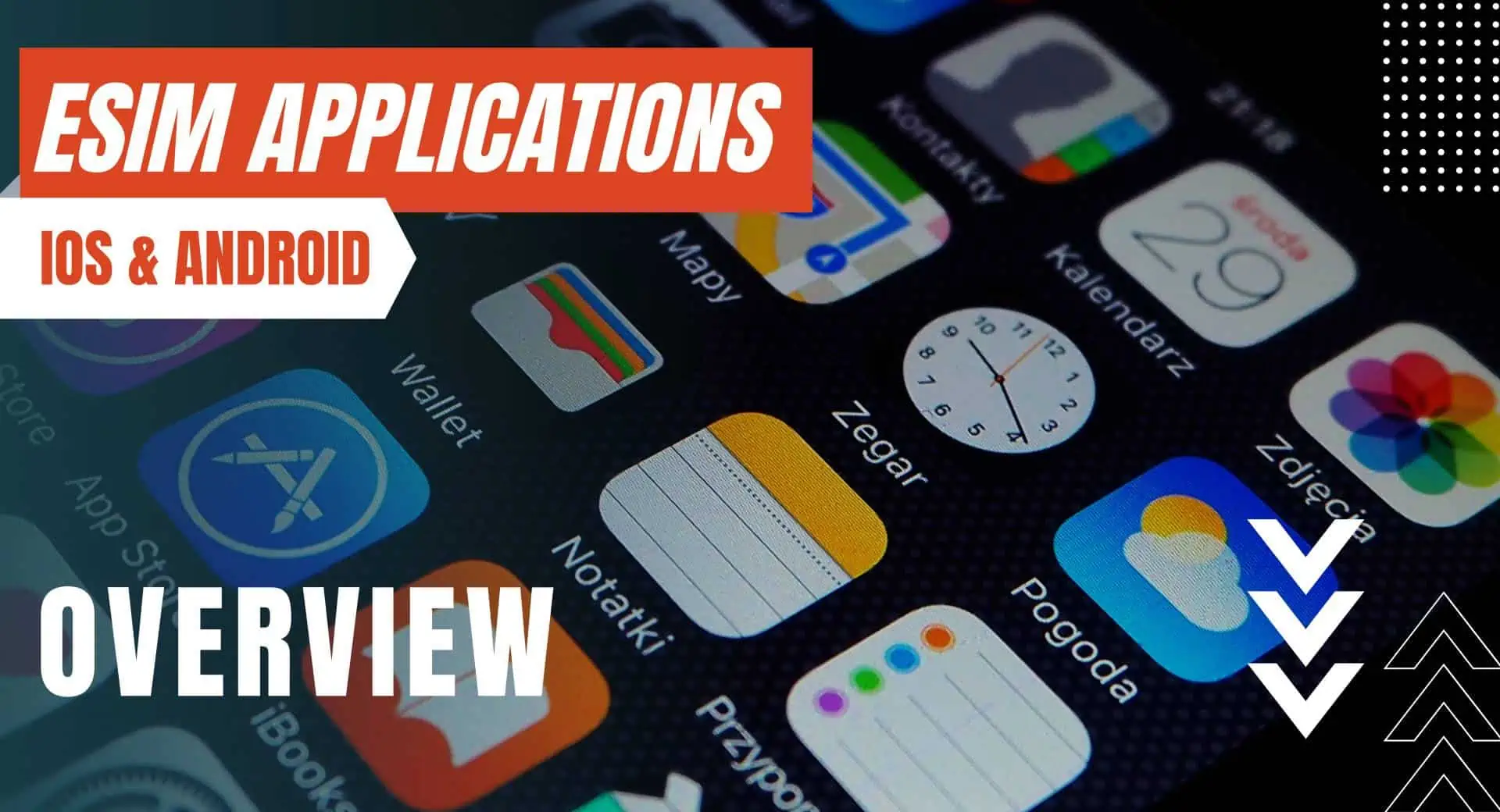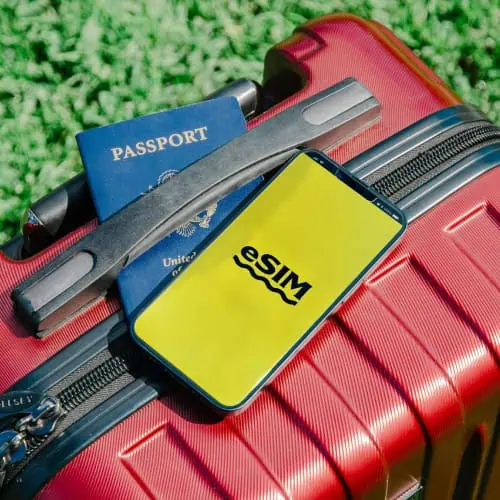All of the products and services we feature are chosen independently. If you click through links we provide, we may earn a commission. Learn more
Written by: Emily Chen
What is eSIM
- Updated: September 30, 2023 | Published:
Ever imagined switching mobile carriers without the hassle of changing SIM cards? Welcome to the world of eSIM!
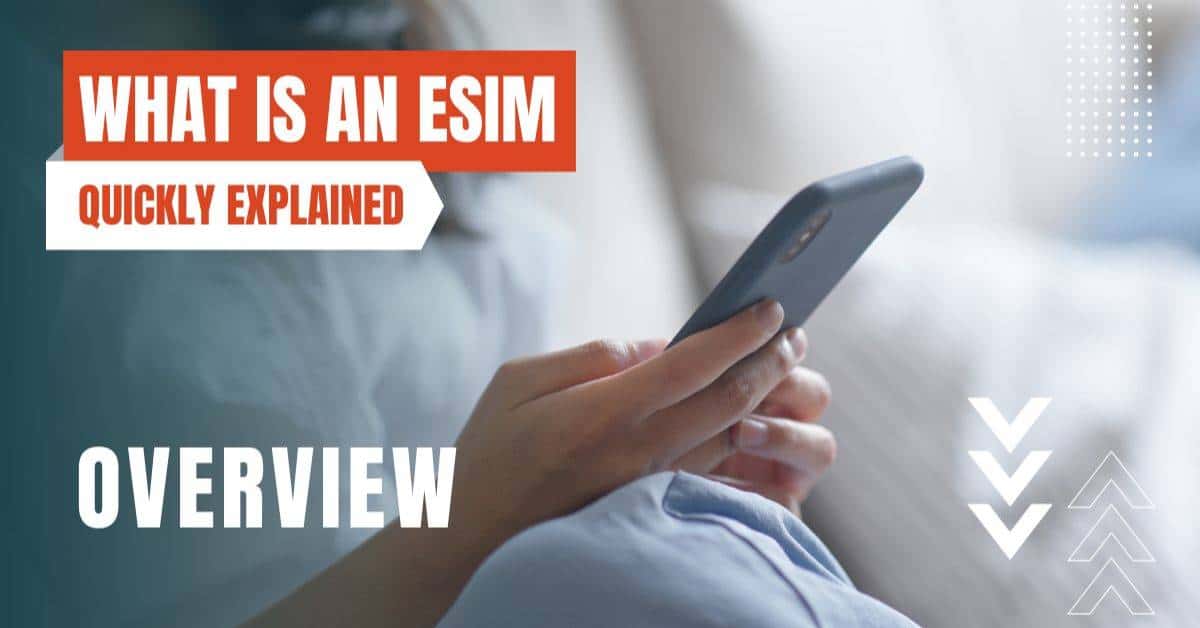
What is eSIM?
eSIM, or virtual SIM card, is a global specification by the GSMA (Global System for Mobile Communications Association) – the global body representing mobile operators. Unlike traditional SIM cards that require physical insertion into a device, eSIMs are embedded and can be activated remotely.
This revolutionary approach provides consumers with the flexibility to change carriers or plans without the need for physical SIM swaps.
The Evolutionary Leap: From Physical SIMs to eSIM
The concept of the SIM card originated in the early 1990s, paving the way for mobile connectivity. Over the years, SIM cards have evolved in size, from the standard size to mini, micro, and nano variations.
eSIM represents the latest evolution, focusing on embedded technology to ease the user experience.
Why eSIM is a Game-Changer
Flexibility in Switching Providers
The eSIM allows users to switch between network providers seamlessly. For instance, a traveler visiting multiple countries in a month can easily switch between local carriers without the need to buy multiple SIM cards.
Space-Saving and Durability
Ideal for IoT Devices
Main eSIM Advantages
Unparalleled Flexibility in Switching Providers
Travel Convenience: One of the standout benefits of eSIMs is the ease with which users can switch between network providers. For globe-trotters and business travelers, this is a game-changer. Instead of juggling multiple physical SIM cards for each country or region, travelers can simply activate a local eSIM profile.
This not only ensures consistent connectivity but also can lead to significant savings by avoiding exorbitant roaming charges.
Adaptable Plans: Beyond international travel, eSIMs empower users to adapt their mobile plans to their changing needs. Whether it’s grabbing a short-term data boost for a streaming binge or temporarily switching to a carrier with better rural coverage for a weekend getaway, eSIMs make these transitions seamless.
Enhanced Device Durability and Design:
Sleeker Devices: The elimination of a physical SIM card slot can lead to more compact and innovative device designs. Manufacturers have the freedom to rethink the internal layout of devices, potentially leading to thinner devices or more space for other critical components like larger batteries.
Increased Resistance: Devices without external SIM slots are less vulnerable to environmental factors. The absence of such openings can enhance a device’s resistance to water, dust, and other potential damages, ensuring that the device remains functional and extends its lifespan.
Security and Anti-Theft Measures
Reduced Unauthorized Access: Physical SIM cards can be lost, stolen, or swapped without the device owner’s knowledge, leading to potential security breaches or unauthorized charges. eSIMs, being embedded, eliminate this risk. Even if a device is lost or stolen, the embedded eSIM cannot be removed or tampered with, offering an added layer of security.
Remote Management: eSIM profiles can be remotely managed. If a user suspects any malicious activity or if their device is misplaced, they can quickly and remotely erase or suspend their eSIM profile, safeguarding their personal data and preventing unauthorized use.
Implementation and Adoption
Mobile Device Manufacturers
Network Carriers
eSIM and Security
Security remains a top priority in the telecommunications sector. With eSIM, encryption and secure data transfer protocols ensure that user data remains safe. Moreover, since there’s no physical SIM to be lost or stolen, risks associated with unauthorized SIM swaps are reduced.
Challenges Facing eSIM Adoption
Limited Carrier Support
Device Compatibility
While newer devices support eSIM, older models don’t. It will take time for a full transition, and until then, physical SIMs will still play a role.
Frequently Asked Questions (FAQ) about eSIM
1. What devices currently support eSIM?
Many of the latest smartphones, smartwatches, and tablets from top manufacturers like Apple, Samsung, and Google support eSIM. It’s always a good idea to check the specifications of your device or consult the manufacturer’s website for eSIM compatibility.
2. Can I use both eSIM and a physical SIM in one device?
Yes, many devices that support eSIM also have a slot for a physical SIM. This dual-SIM functionality allows users to have two different numbers or carriers on a single device.
3. Is eSIM safe to use?
Absolutely. eSIM technology employs encryption and secure data transfer protocols to ensure user data safety. Additionally, the absence of a physical SIM reduces risks associated with unauthorized SIM swaps.
4. How do I switch to eSIM from a traditional SIM?
If your device and carrier support eSIM, you can request an eSIM activation. The carrier will typically provide a QR code or an app to facilitate the switch. Scanning the QR code with your device will activate the eSIM.
5. Will my eSIM work internationally?
Yes, eSIMs can work internationally. However, it’s essential to ensure that the international carrier you intend to use supports eSIM.
For frequent travelers, eSIMs offer the convenience of switching between local and international carriers without changing physical SIM cards.
6. What happens if I reset my device or buy a new one?
7. Are there any additional costs associated with using eSIM?
8. Can I switch back to a physical SIM after using eSIM?
Final Thought
The integration of eSIM technology is changing the face of mobile connectivity. As more manufacturers and carriers embrace it, and as IoT continues its upward trajectory, eSIM’s relevance and influence will undoubtedly grow.
As we stand on the brink of a new era in mobile technology, one must wonder: What other innovations await us in this ever-evolving digital landscape?
By entering your email & signing up, you agree to receive promotional emails on eSIMs and insider tips. You can unsubscribe or withdraw your consent at any time.

About The Author
Spread the Word, Share the Joy
Compare eSIMs
Why keep the secret to yourself? Spread the joy of eSIMradar and let everyone in on the eSIM experience!

Easy eSIM Comparison for Your Needs
Simplifying your search! Easily compare eSIM plans tailored to your specific needs

Coverage in 210+ Countries
Benefit from our extensive eSIM comparison with 30+ providers in over 210 destinations.

Save money without second-guessing
Our platform helps you maximize value, ensuring competitive prices.

Enjoy Hassle-Free Travel Abroad
Whether you’re on holiday or a business trip abroad, stay connected with ease and focus on enjoying your experiences,
Find Your Perfect eSIM & Exclusive Deals!
Find your ideal eSIM effortlessly and stay connected in style wherever your adventures take you! Get exclusive deals and discounts at your fingertips, ensuring you get connected for less on your travels!
